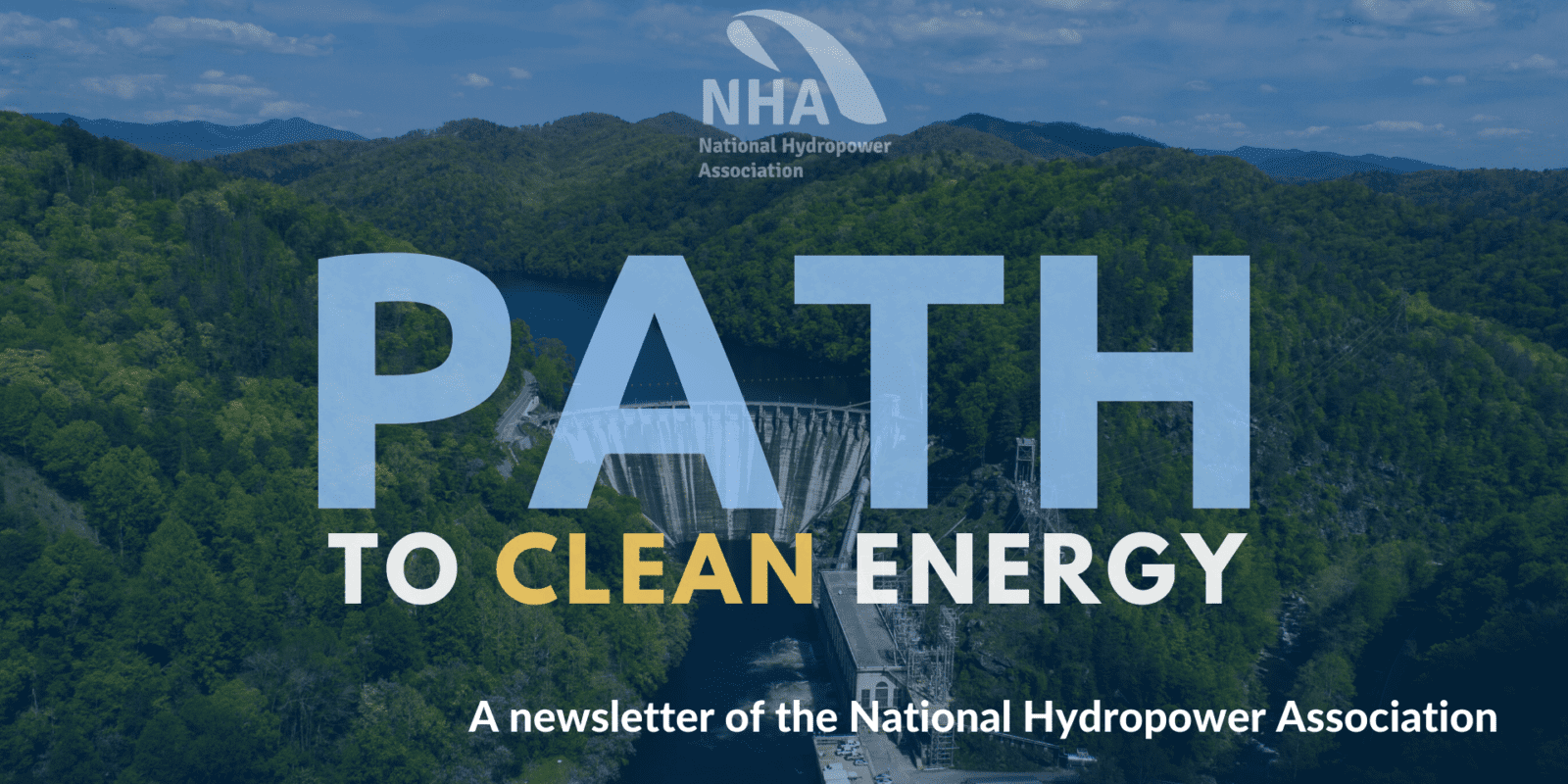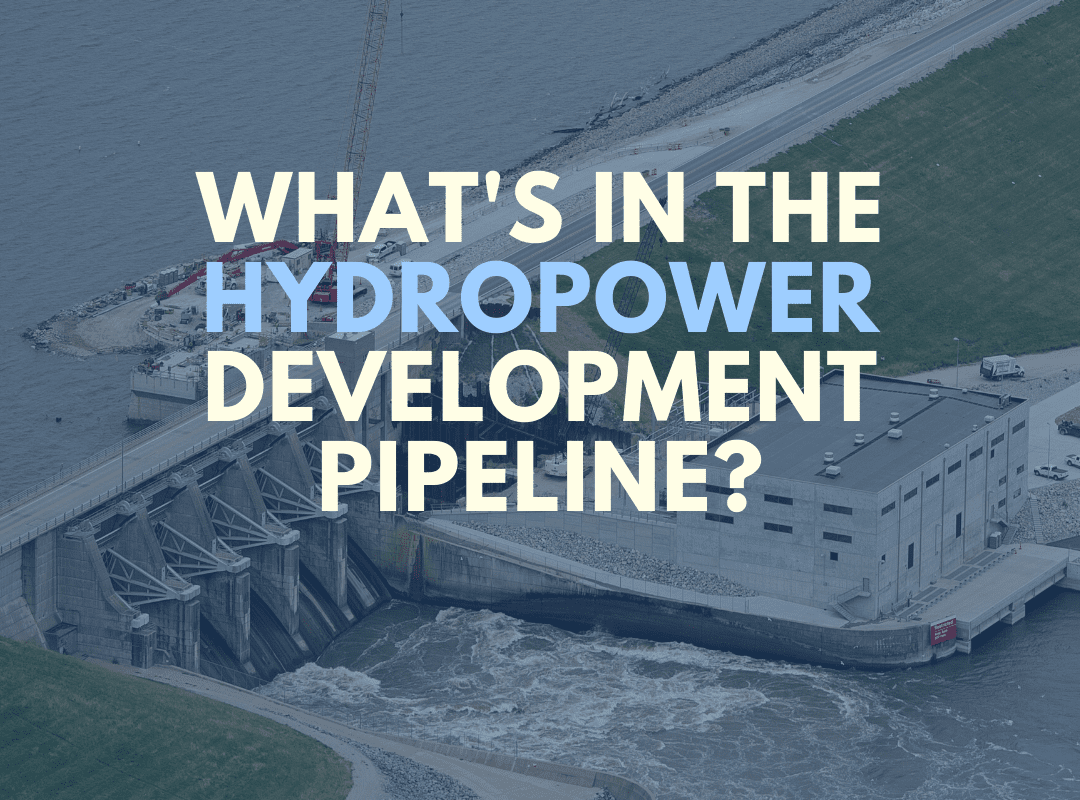

What’s in the Hydropower Development Pipeline
With only 3 percent of America’s existing 90,000 non-powered dams equipped to generate power, hydropower’s growth potential is immense. And while there are hundreds of hydropower projects in the federal licensing process, one project in particular illustrates how hydropower is playing a major role as a long-term climate solution.
Later this fall, the Des Moines River, which sits approximately three miles southwest of the small city of Pella, Iowa, will be transformed to generate enough electricity to meet the needs of the community and the 18,000 thousand homes within Marion County.
Over fifty years ago, the U.S. Army Corps of Engineers constructed the Red Rock Dam on the river for the purposes of flood control and recreation. Fast forward half a century, this existing non-powered dam will soon become a source of clean, renewable hydropower with the completion of the 36.4 MW Red Rock Hydroelectric Project.
Conventional hydropower, however, is just one sector where we’re seeing growth within the industry. The last major pumped storage facility was completed in 1995. With states throughout the country seeking clean energy solutions, off-river, closed loop pumped storage is being looked at again with new facilities starting to take shape.
In 2019, the 393-MW Swan Lake North Pumped Storage Project in Oregon received its license to construct. Swan Lake is joined by two other pumped storage facilities (Eagle Mountain in California and Gordon Butte in Montana) that have the potential to start construction by 2021, for a total capacity of approximately 2.1GWs.
Make no mistake, hydropower isn’t tapped out. And it will continue to play an essential component to decarbonizing our national electricity grid.
Path to Clean Energy Vol 1
In this Issue…
-
The New England Electrical Blackout That Never Happened
-
In the face of COVID-19, Hydropower Operators Go Above and Beyond
-
Wait, What? Pumped Storage is More Affordable Than Batteries?
-
Decarbonizing America’s Grid: Umm, Not Without Hydropower…
-
Down to Brass Tax: Parity for All Renewables
-
What’s in the Hydropower Development Pipeline
-
California Sees Pumped Storage Hydropower as Key to Meeting Clean Energy Goals



